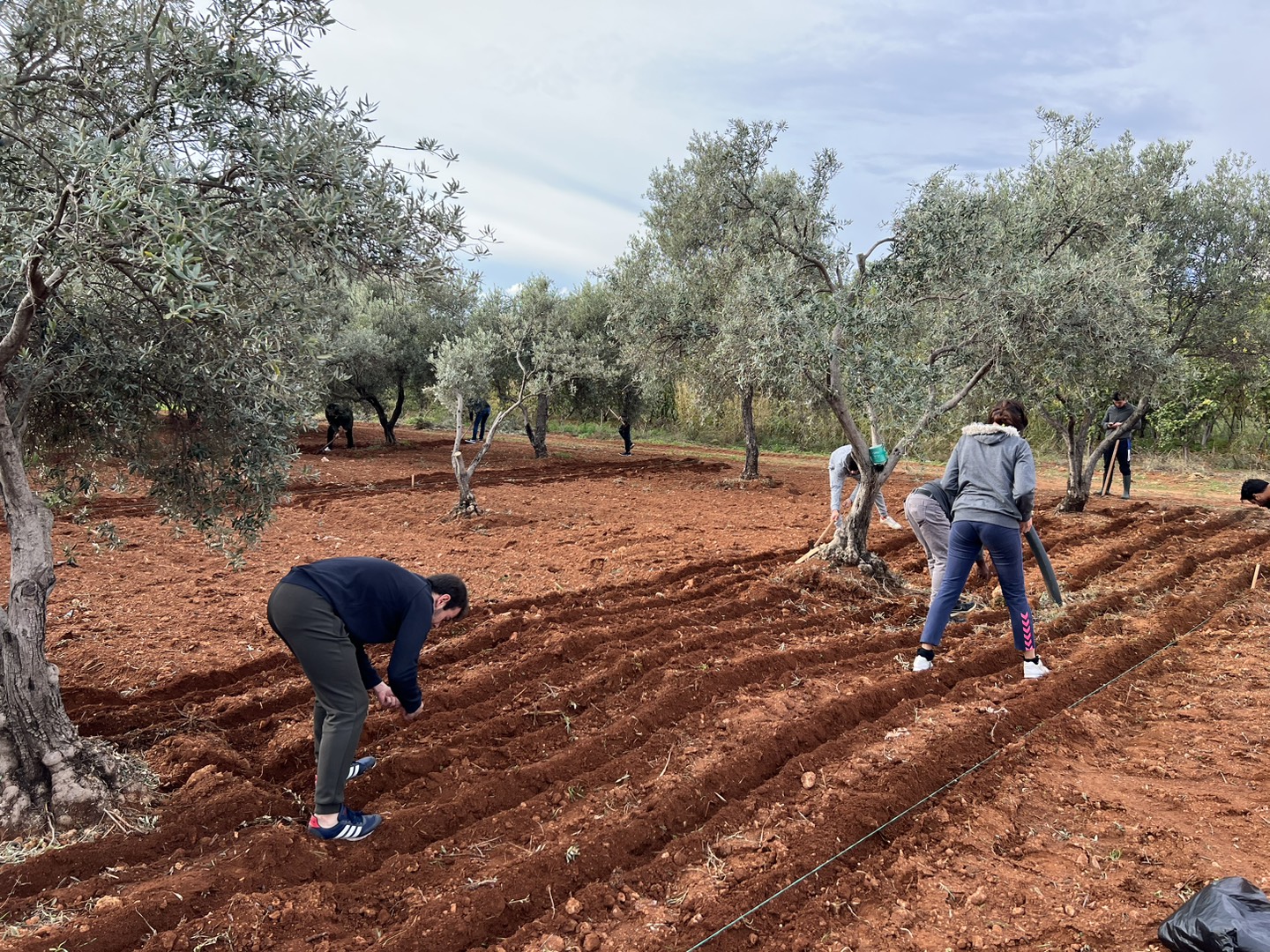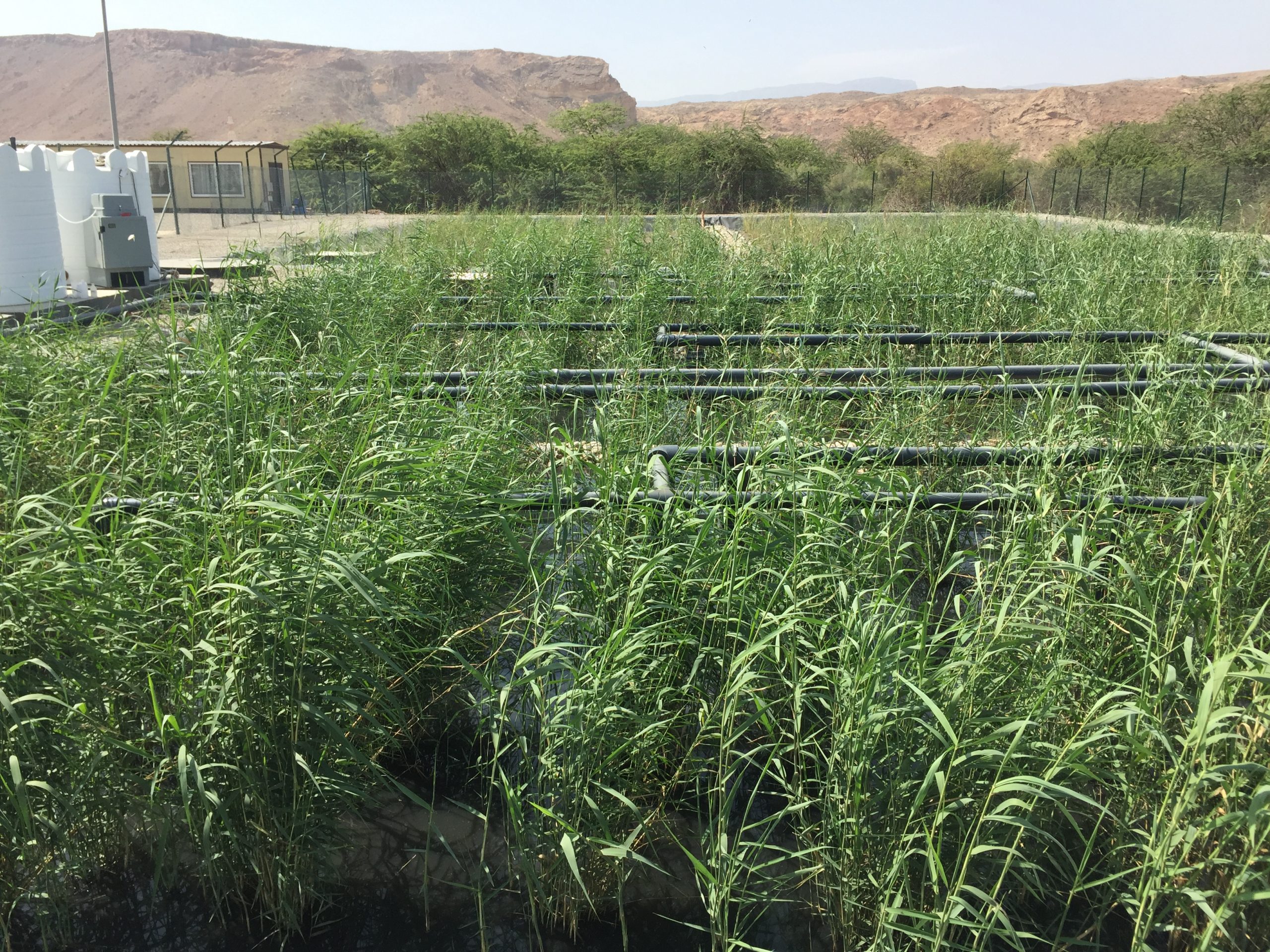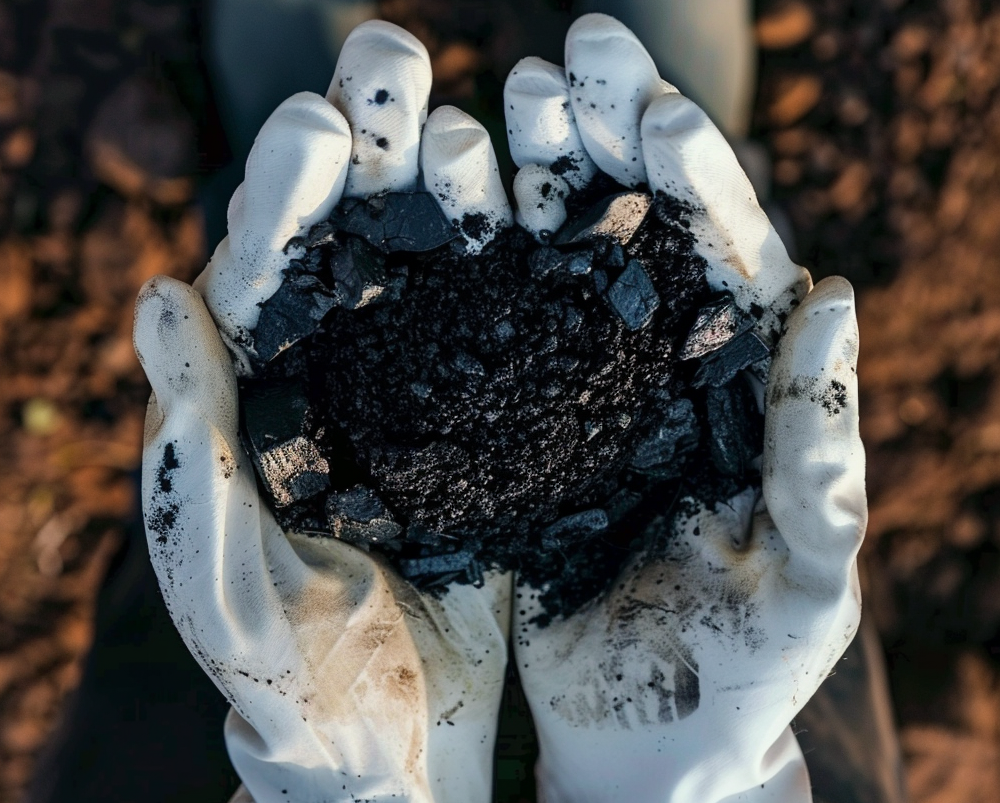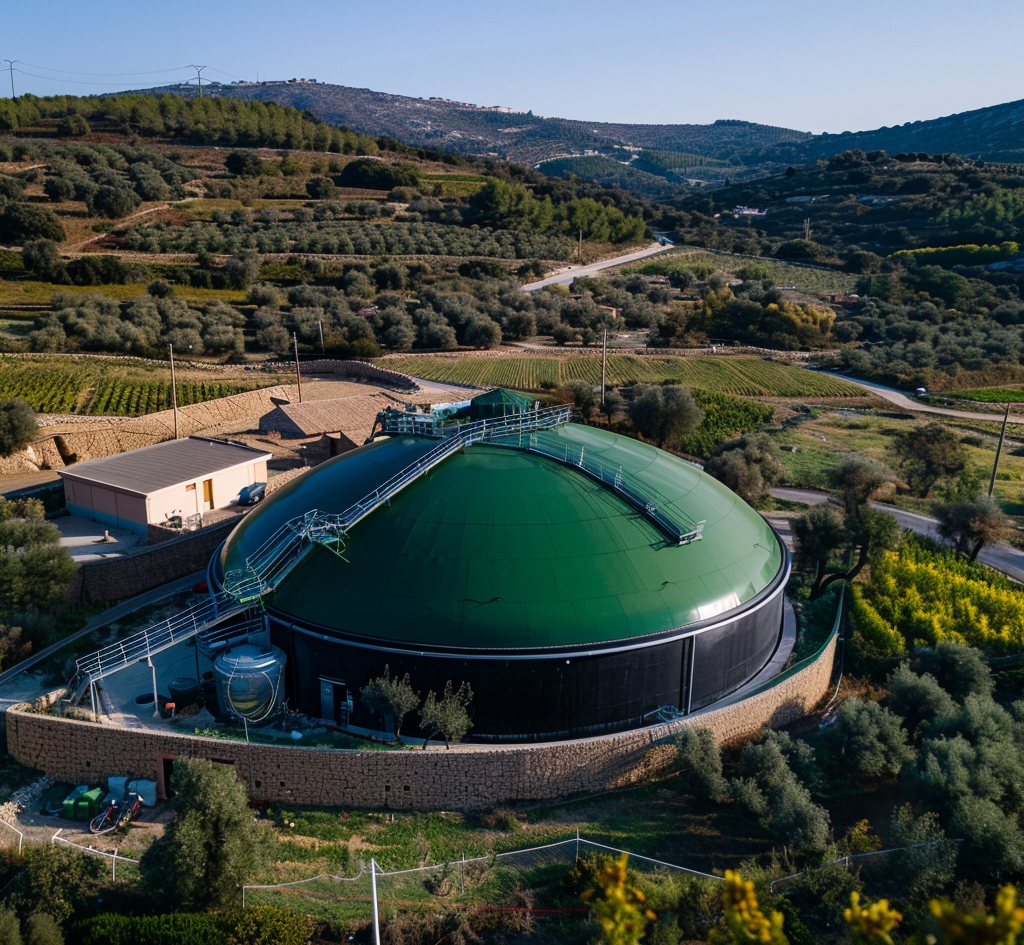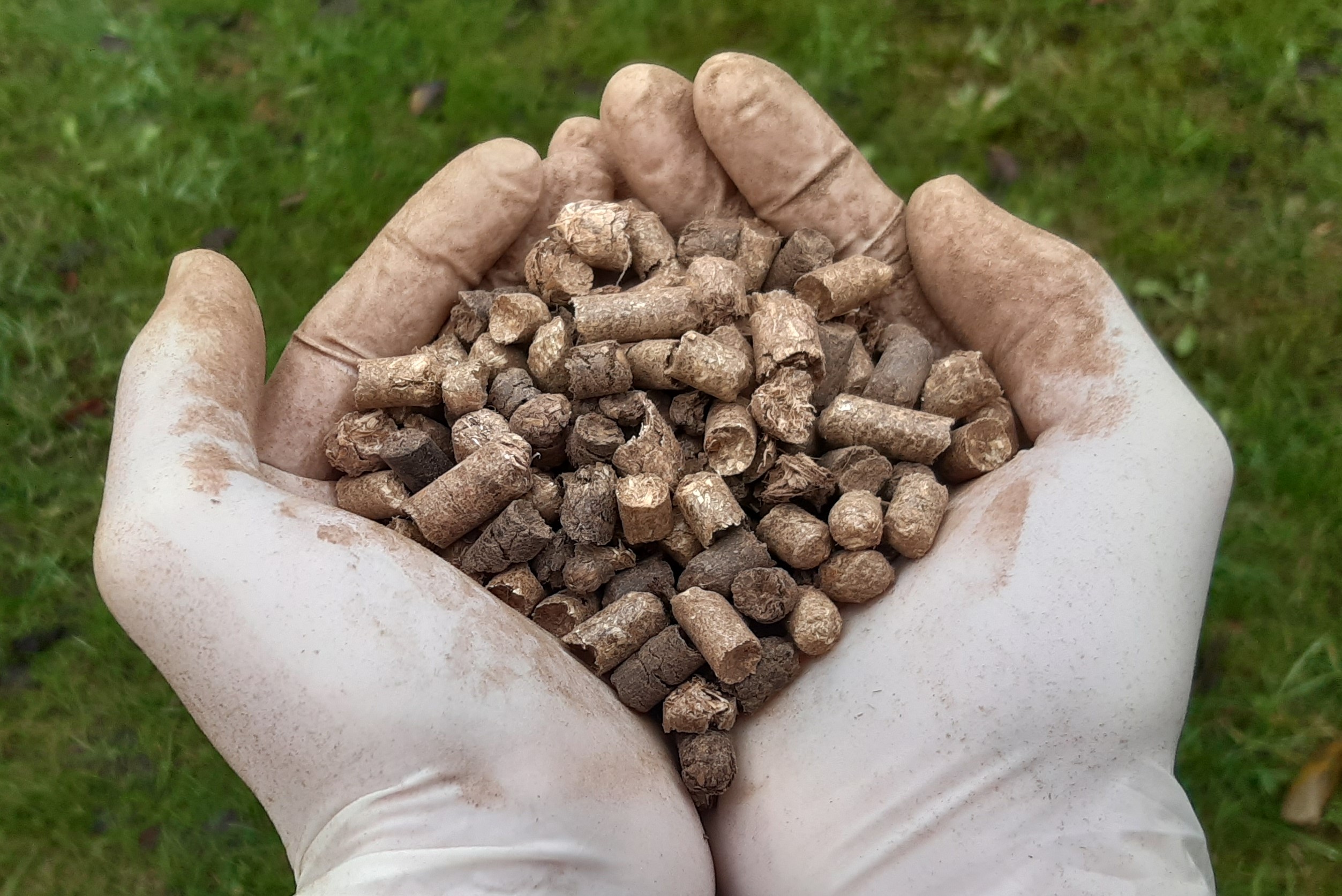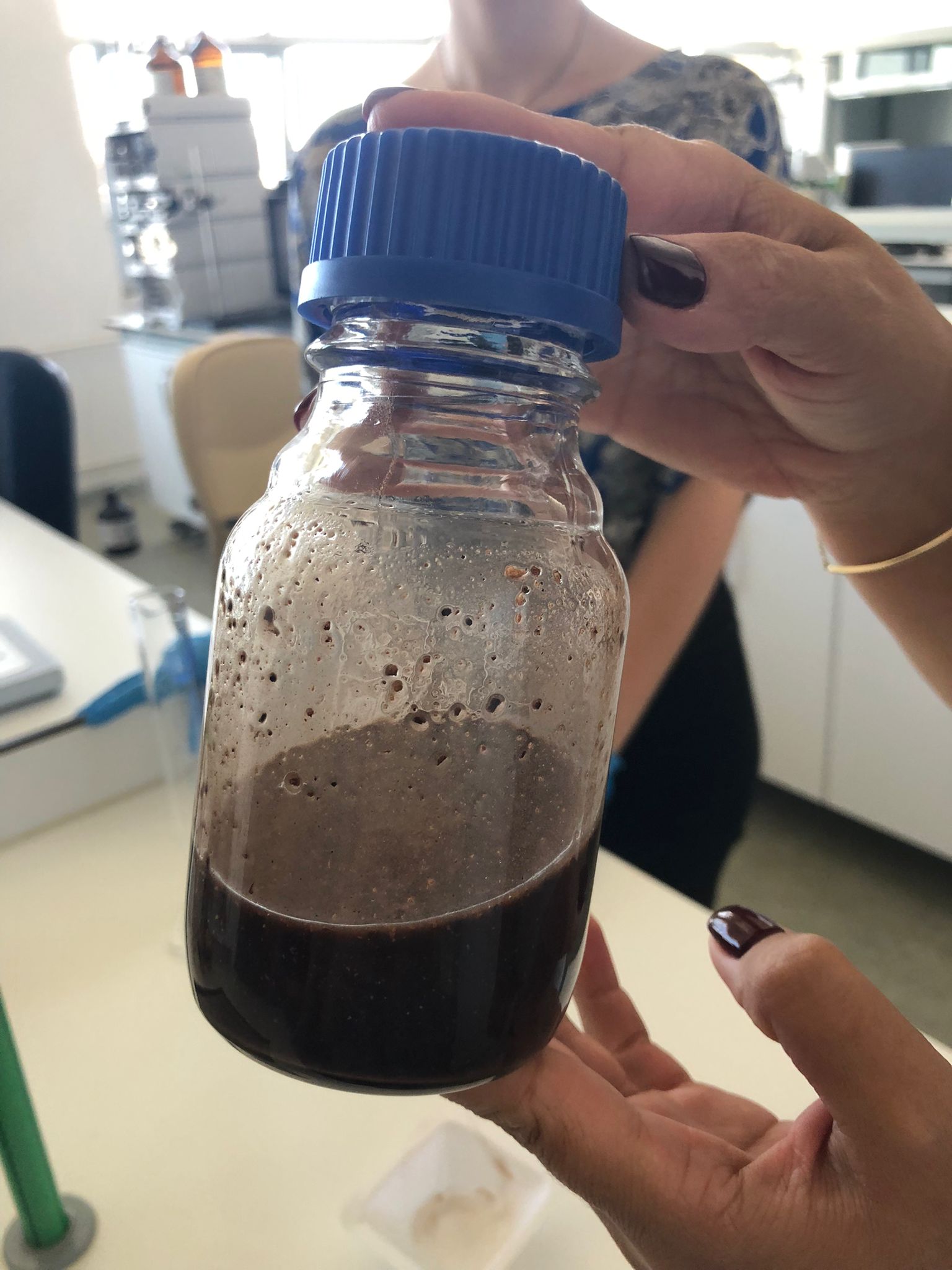The project will contribute to the following expected impacts: More sustainable agriculture and food production system with more efficient use of natural resources (water, soil, biomass, energy) and…
The overarching goal of the project is to introduce sustainable practices and close the loop of waste in Mediterranean (MED) agriculture in order to provide socio-economic (by presenting…
In order to achieve the project objectives and investigate how to introduce sustainable practices and close the loop of waste in Mediterranean (MED) agriculture, the project is divided…
